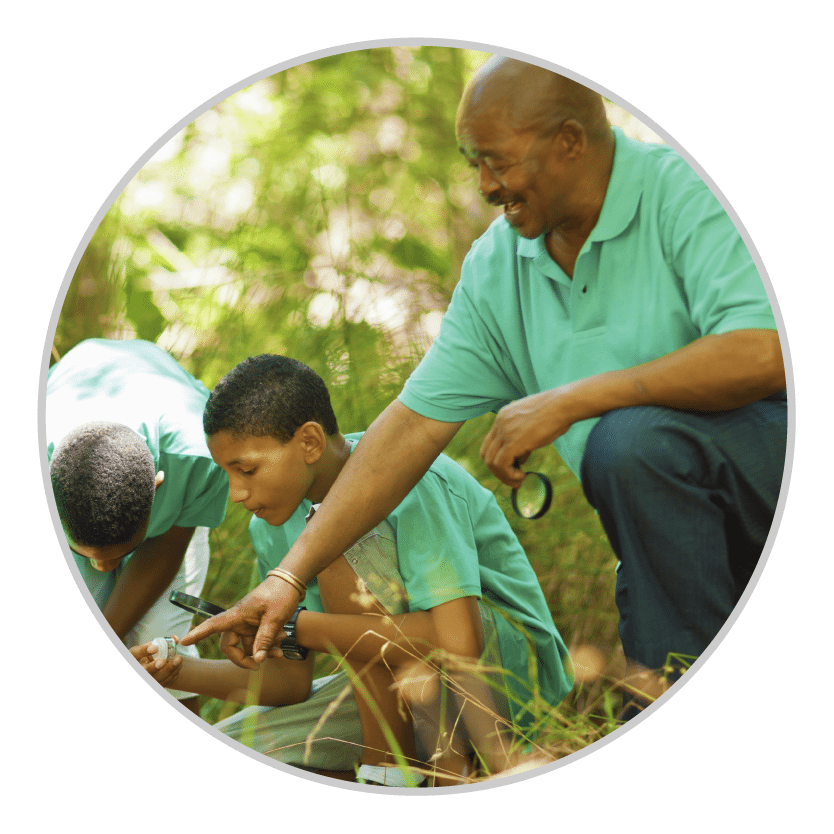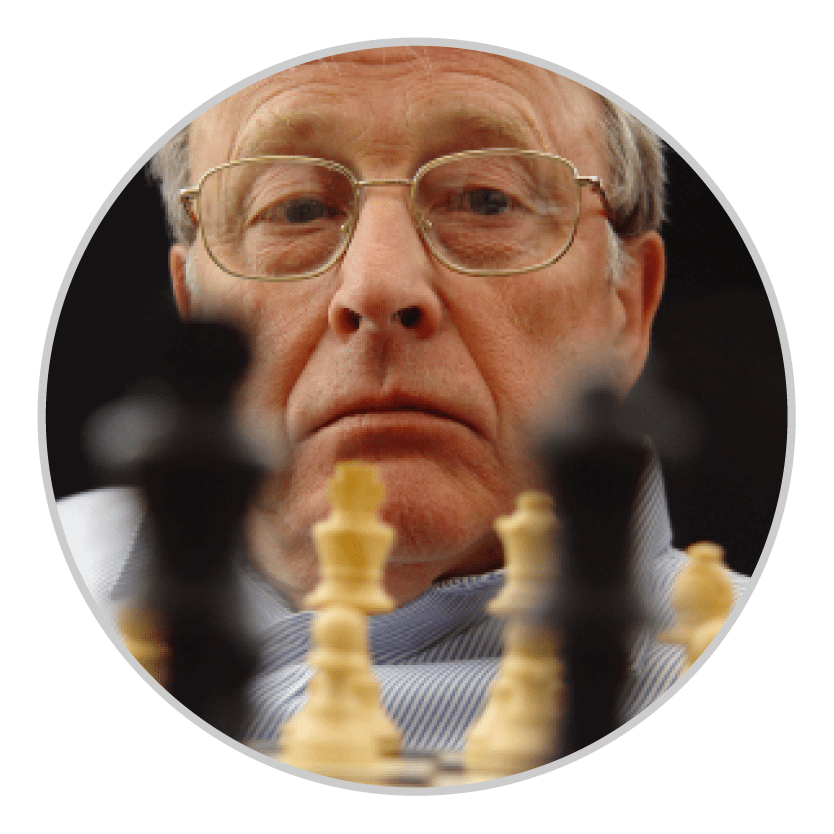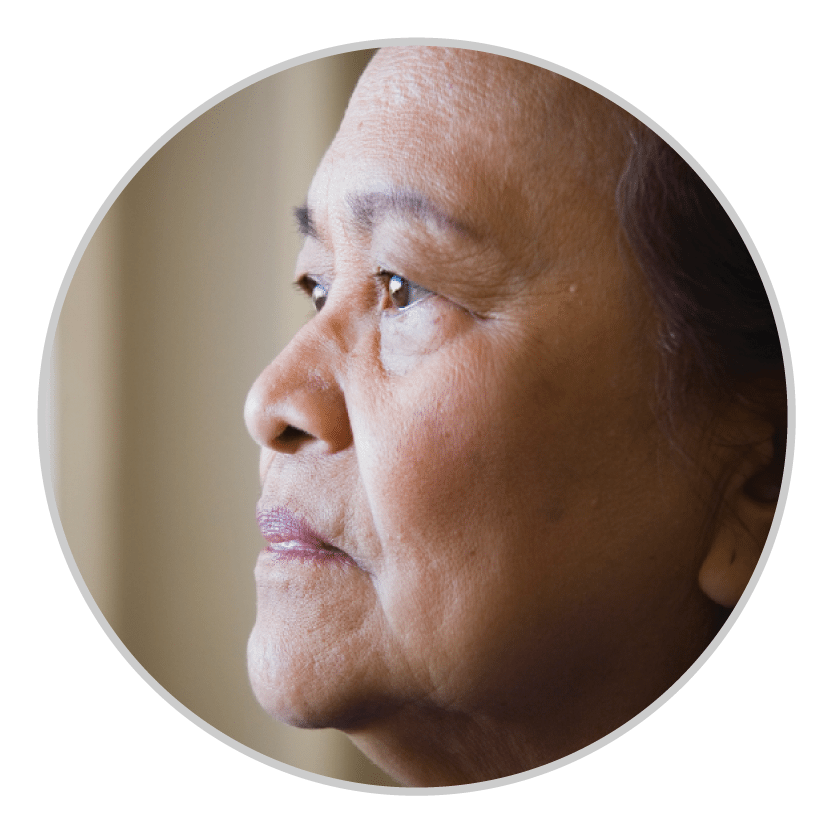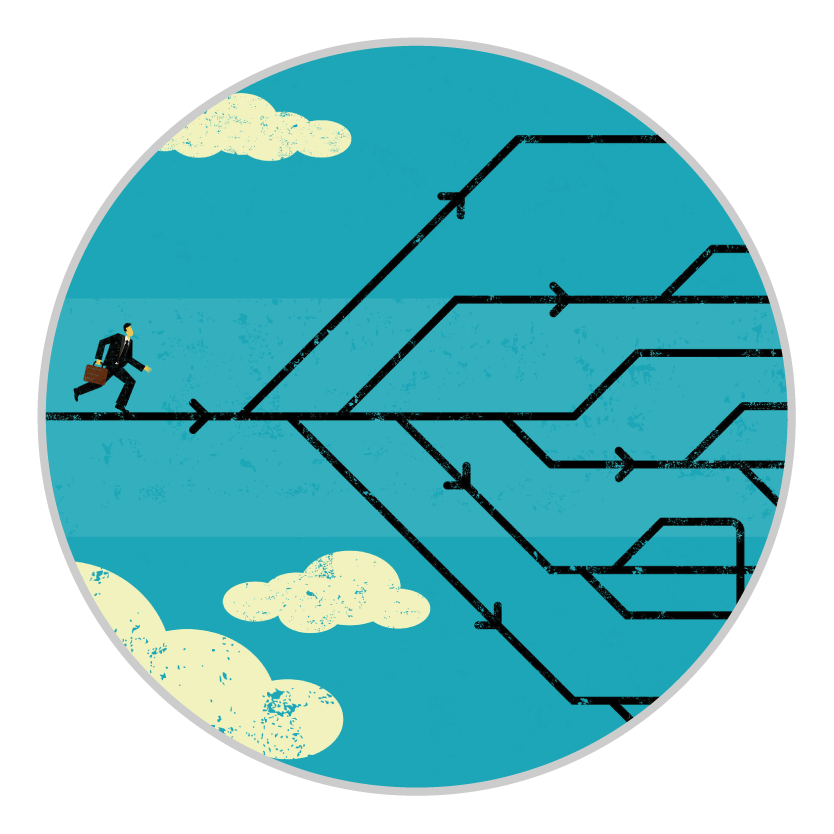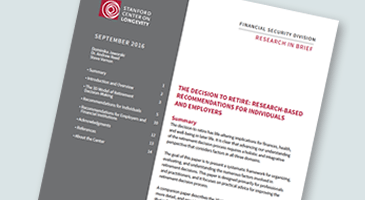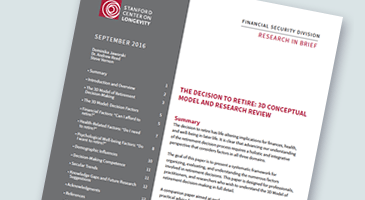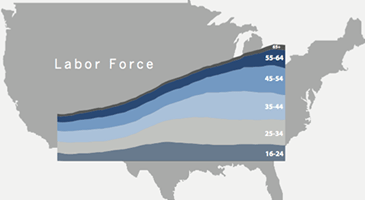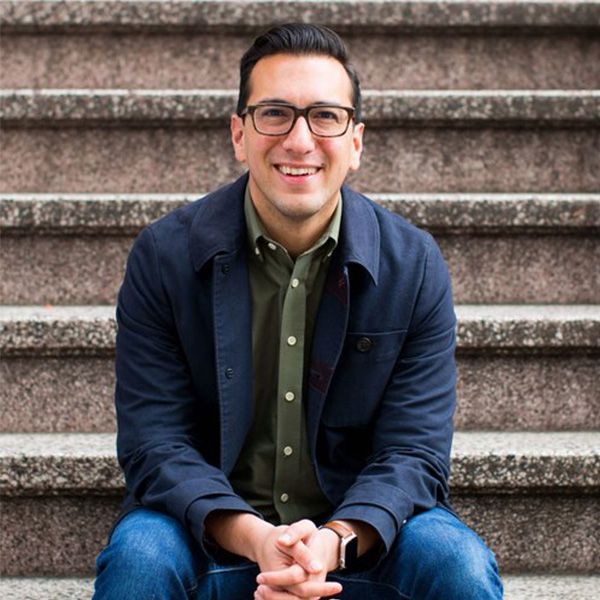DECISION-MAKING
Key Faculty: Laura L. Carstensen, PhD; Mary Goldstein, MD, MS
The decisions people make throughout their lives about finances, work, health and social relationships have a tremendous influence on aging trajectories. And as the numbers of older citizens grow, the decisions they make will have tremendous economic and social impact.
This impact will increase because there is a growing emphasis on individual choice and responsibility in our society. Consumer directed healthcare, for example, is increasingly advocated. Employers have largely moved from defined benefit plans to defined contribution plans in retirement planning, which require active participation of workers. Because of the evidence that older and younger people use different decision strategies and that the quality of their decisions may vary, it is important to characterize these differences and, when needed, provide decision supports.
The Center’s research focuses on how decision making changes with aging, and how high quality decisions can be supported and fostered in long-lived individuals. The Center’s Scientific Research Network on Decision Neuroscience and Aging grant awarded by the National Institute on Aging (NIA) is leading an emerging field that aims to integrate economics, finance, marketing, psychology, neuroscience, computer science, and public policy (among other fields) to study decision making through team-based, multidisciplinary research. Although this field has only recently developed, the combination of methods and expertise has already produced high-impact basic research with translational implications. The Center has made two research seed grants in this area.
The Center has close ties to the Center for Advanced Decision Making in Aging (CADMA), one of 13 Edward R. Roybal Centers for Research on Applied Gerontology, funded by the National Institute on Aging. Mary K. Goldstein is the Principal Investigator at CADMA, and Laura L. Carstensen is the Co-Principal Investigator.
PROJECTS
 Start by joining the conversation on social media or subscribing to our newsletter. Support the Center by making a gift, or by participating in our Corporate Affiliates program. There are many ways you can help us redesign long life.
Start by joining the conversation on social media or subscribing to our newsletter. Support the Center by making a gift, or by participating in our Corporate Affiliates program. There are many ways you can help us redesign long life. Subscribe now and stay informed about the Center’s latest research collaborations, upcoming conferences and events and more.
Subscribe now and stay informed about the Center’s latest research collaborations, upcoming conferences and events and more.








